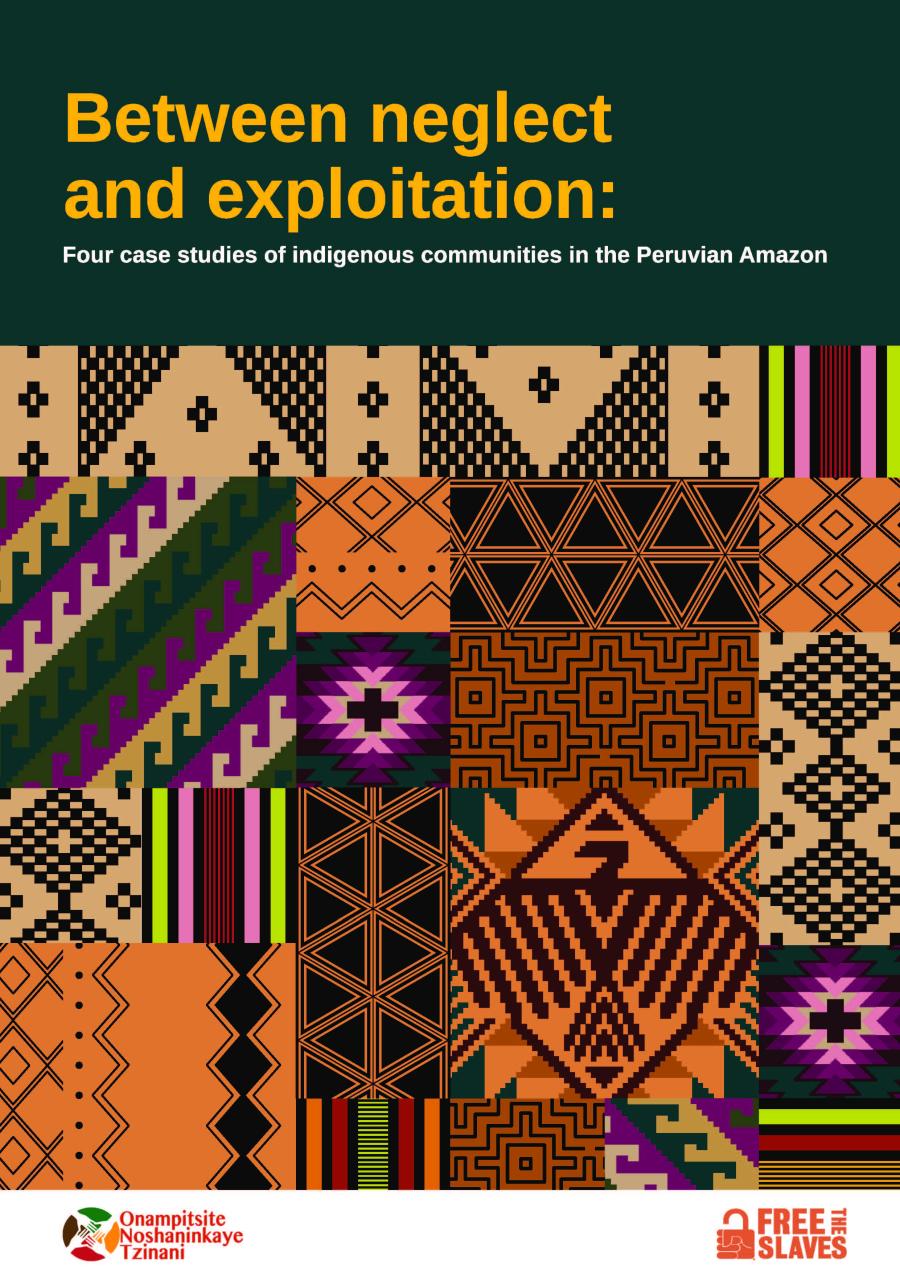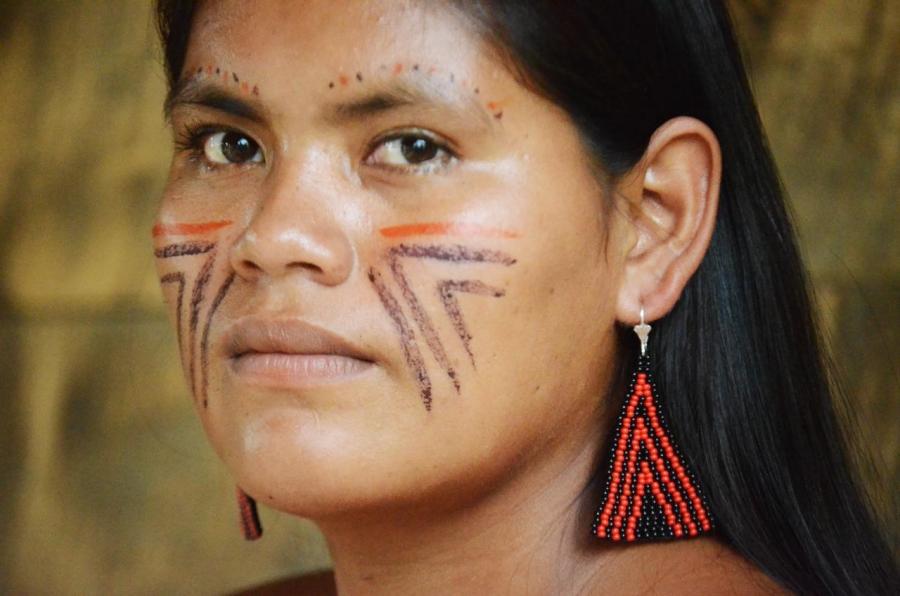Water and Power in Highland Peru: The Cultural Politics of Irrigation and Development is an important contribution to the growing fields of ethno-politics and resource management. In this fascinating ethnography, Paul Gelles revisits the indigenous community of Cabanaconde, located in the lower Colca Valley of southwestern Peru, and explores how two opposing irrigation systems, the traditional saya structure and the state-sanctioned de canto model “are conceptually mapped on to the community’s irrigation system over the course of its annual agricultural cycle.” Despite the disproportionate resources that the state-imposed irrigation project enjoys, community water management systems tend to be the preferred mode of resource distribution among community members. Gelles writes that these findings—in a region that was the focus of his 1993 documentary Transnational Fiesta: 1992—reveal “that, at the end of the twentieth century, enduring patterns of belief and ritual are compatible with the porous and transnational character of Cabanaconde and many other Andean communities.”
Central to Gelles’ study is a three-tiered irrigation model that incorporates both local and state water-management strategies. The saya structure is in place from June through December, when water mayors, “carrying the snake-headed staffs of authority, alternate in distributing irrigation water.” The arrival of the December or January rains signals a shift in water distribution, and the él que pueda, or “first come, first serve,” method is set in motion. Once the rains lessen and water becomes scarce, however, an official structure is needed to mediate water claims and avoid conflicts and, at times, physical violence. This period is when the state model of irrigation is invoked.
One of the strengths of Gelles’ work is its historical contextualization of water use patterns in the Cabanaconde region. Beginning with Wari and Inka colonization of the hydrological systems of the Hualca-Hualca River Basin, continuing through the colonial epoch, and concluding with the exploitation of hydraulic resources during Peru’s republican era, Gelles presents a persuasive framework for comprehending the complexities of Andean water rights. Most fascinating, however, is the book’s revelation that the position of water mayor was created as the result of efforts to democratize it under General Juan Velasco’s revolutionary government. According to Peru’s 1969 Water Laws, landed mistis (non-indigenous peoples, usually mestizo), as well as poor Indians, were to be called upon to fulfill the demanding cargo of water mayor. Yet people frequently tried to avoid this obligation, even when the service terms of the office were to be reduced from a nine-month commitment to a seven-week cargo. The change was meant to make the position of water mayor more appealing, and thereby widen the pool of potential cargo bearers. Despite this model’s success, Gelles notes that the state has effectively sought to use the new laws to replace the traditional model “with its own bureaucratic one, a model that ignores Andean cultural orientations and reproduces the cultural hegemony of the dominant criollo culture.”
Adding color to the author’s narrative are several vignettes in chapter six that effectively illustrate the actions and strategies employed by some of those individuals involved in irrigation. In part, the author says these accounts serve to “evoke the chaos of the informal system,” suggesting that the informal system at times collapsed into anarchy. Moreover, the vignettes seem to indicate that the de canto system is the more pragmatic choice since it should inspire irrigators to “use water … [more effectively in order] … to avoid paying more.” Gelles, however, makes it clear that even though the de canto system of water management appears more rational, it is at the same time subject to corruption and devious influence—especially for personal advantage—as “local elites can more easily manipulate [it] … as a means to irrigate unauthorized fields.”
Thus, despite numerous attempts to discredit and abolish the informal irrigation saya system of water management and incorporate a monetary de canto model, Cabanaconde community members continue to practice their age-old custom of saya water management. Cabanaconde community members point to various reasons why this method perseveres. For one, the competition between water mayors hastens water flow. Secondly, this water runs more quickly because it follows a well-established circuit.
The reader will appreciate many parts of Water and Power, from the vignettes drawn from Gelles’ Cabanaconde field notes on irrigation meetings and water conflicts to his comparison of how two Peruvian literary icons, the monolingual Mario Vargas Llosa and the bilingual José María Arguedas, conceptualized distance and the recognition of home. In addition, Gelles’s work contains several maps that demarcate political boundaries, the sayas, irrigation systems, and production zones.
In his discussion of how irrigation conflicts are settled in Cabanaconde, Gelles provides insight into mediation between local community members and state water managers. The author’s skillful ability to put irrigation in an historical context in the region is superb and allows his work to cross disciplines. Recent changes in Cabanaconde’s irrigation models, such as the elimination of the water mayor (replaced with a state-sponsored controller) and the imposition of the monetary model of water management do not detract from the relevance of this crucial study. To be sure, challenges to local control of resource management by expansionist states have long histories in the Andes and pose one of the more formidable obstacles to present-day efforts by indigenous communities to exert their autonomy. Water and Power in Highland Peru, with its emphasis on ritual, Andean cosmology and on modernization projects, has established a valuable analytical framework that others are sure to follow. As Gelles points out, “the final outcome of the clash and interpenetration of local and state models of irrigation is far from decided.”
Kenneth Kincaid is a doctoral candidate in history at the University of Kansas.



